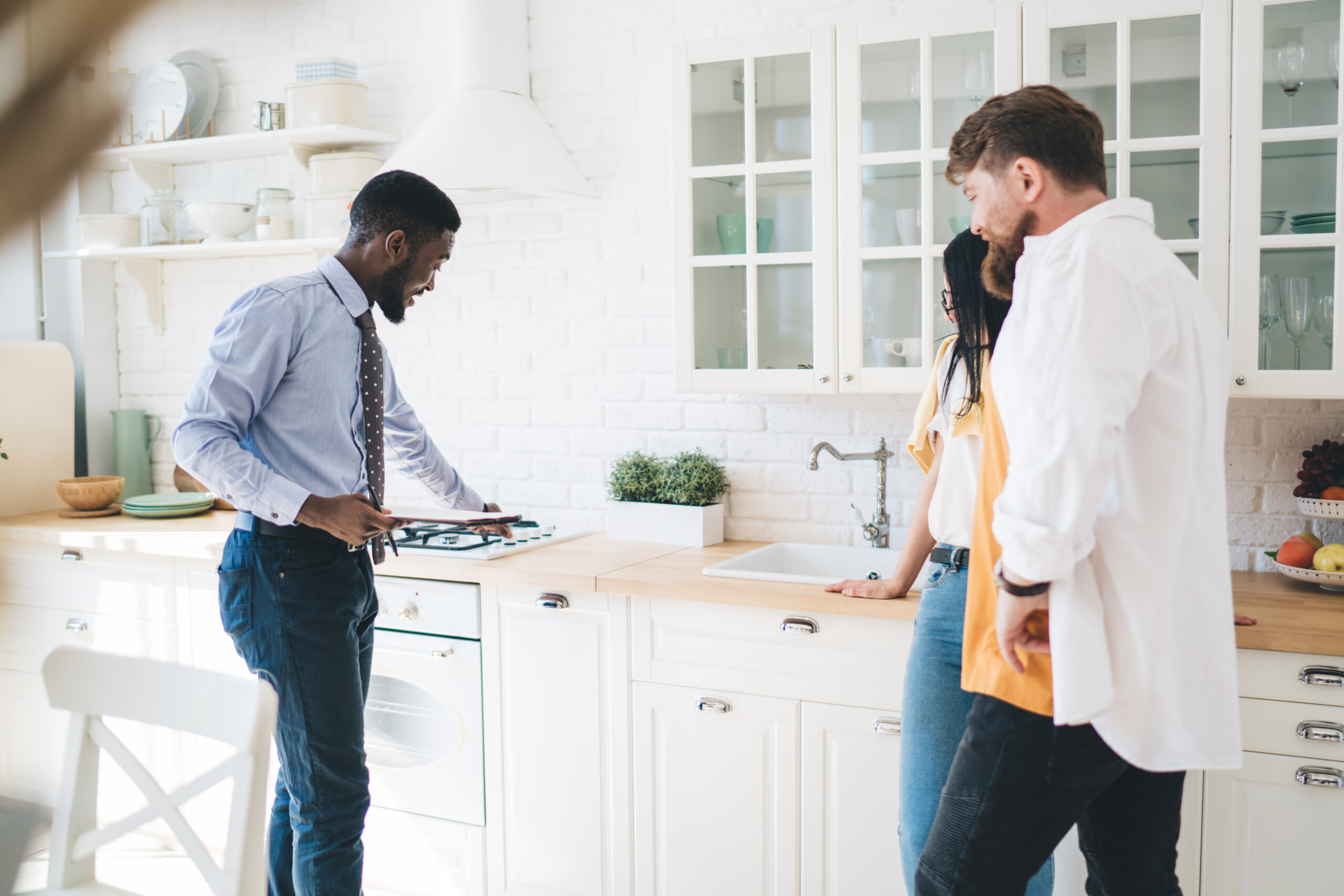Routine property inspections are a crucial aspect of effective property management. They help ensure that your investment property is well-maintained, your tenants are adhering to their lease agreements, and potential issues are identified and addressed promptly. Whether you’re a seasoned property manager or a landlord managing your own rental property, knowing what to inspect during these visits is vital. In this guide, we’ll walk you through the key areas to focus on during routine property inspections.
1. Exterior Condition:
- Start your inspection outside by checking the property’s exterior. Look for any signs of damage, wear and tear, or required maintenance.
- Examine the roof for missing or damaged shingles and signs of leaks.
- Check the condition of siding, paint, and any external structures like sheds or fences.
- Inspect the landscaping, including lawn care and any trees or shrubs that may need attention.
2. Interior Condition:
- Once inside, assess the overall cleanliness and tidiness of the property. Ensure tenants are maintaining a clean and hygienic living space.
- Examine the walls, ceilings, and floors for any damage, cracks, or water stains.
- Test all light fixtures, switches, and electrical outlets to ensure they’re in working order.
- Inspect plumbing fixtures, looking for leaks or signs of water damage.
- Check for any pest infestations or signs of unwanted critters.
3. Safety and Security:
- Confirm that smoke detectors and carbon monoxide detectors are functioning correctly and have fresh batteries.
- Ensure that locks and security systems are operational and in good condition.
- Look for any potential safety hazards, such as loose handrails or trip hazards.
4. Appliances and Systems:
- Test all appliances to make sure they’re working correctly. This includes ovens, stoves, refrigerators, washers, dryers, and HVAC systems.
- Check HVAC filters and advise tenants on when they should be changed.
- Inspect water heaters for any signs of leakage or rust.
5. Tenant Compliance:
- Confirm that tenants are adhering to the lease agreement. Check the number of occupants and ensure it aligns with the lease terms.
- Ensure that tenants are not engaging in any prohibited activities, such as smoking in non-smoking units.
6. Documentation:
- Document your findings during the inspection with detailed notes and photographs.
- Communicate your observations and any required maintenance or repairs to the property owner and tenants.
7. Communication:
- After the inspection, provide tenants with feedback and discuss any concerns or issues you’ve identified.
- Follow up with property owners to discuss the inspection results and necessary actions.
Routine property inspections are a proactive way to protect your investment and maintain a positive landlord-tenant relationship. By consistently evaluating your property’s condition and addressing issues promptly, you can ensure the long-term success of your rental property.
Please note that this guide is for informational purposes only and should not be considered as legal advice. Consult with a legal professional or property management expert for guidance specific to your situation.
For more property management tips and expert advice, stay tuned to our blog.



